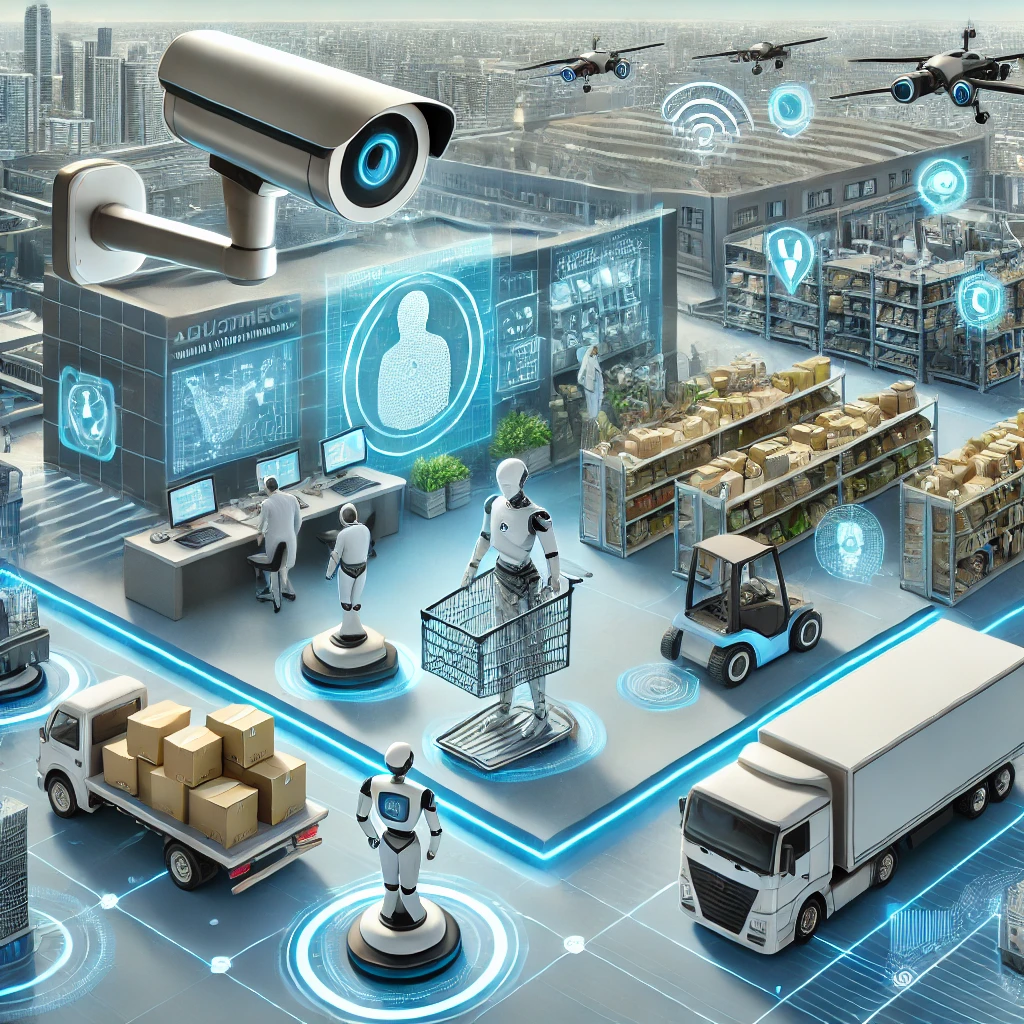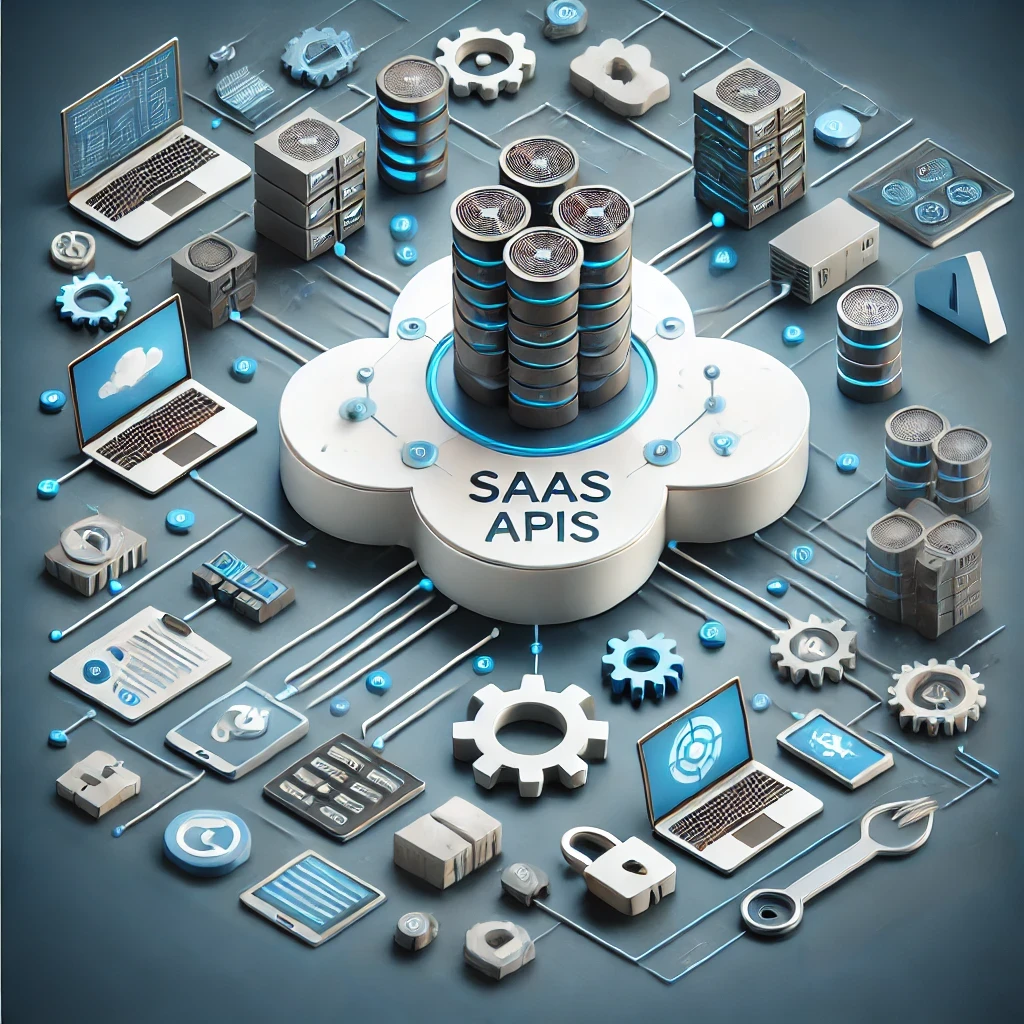
AI-Powered Object Detection API: Best Business Applications in 2025
As businesses increasingly rely on automation and data-driven decision-making, AI-powered object detection is emerging as a game-changing technology across industries. From real-time inventory tracking in retail to automated defect detection in manufacturing and AI-driven security systems, object detection APIs are streamlining operations, enhancing accuracy and unlocking new opportunities.
In this post, we explore the most impactful business applications of AI object detection in 2025, highlighting how companies can leverage off-the-shelf APIs for rapid deployment or invest in custom AI solutions for long-term competitive advantage. As AI continues to evolve, businesses that embrace this technology early will be positioned to lead in an increasingly digital economy.
Whether you're looking for a fast, scalable AI API or considering a tailored AI-powered solution, understanding the right integration strategy is key to maximizing ROI. Let's dive into how AI object detection is transforming industries and shaping the future of automation.

SaaS APIs: Pros and Cons in Modern Software Development
SaaS APIs are transforming the way businesses build applications, offering powerful ready-to-use features like AI-driven image recognition, OCR and data extraction. These cloud-based solutions help companies accelerate development, reduce costs and scale efficiently. However, navigating potential challenges — such as security risks, vendor lock-in and integration complexity — is crucial for long-term success. In this article, we explore the key benefits, real-world use cases and emerging trends in SaaS APIs, along with best practices to ensure your business stays ahead in the ever-evolving tech landscape.

Cloud API Security: Trends and Best Practices for 2025
As businesses increasingly rely on cloud APIs to power automation, AI-driven services and digital workflows, API security has become a critical concern. With evolving threats like data breaches, DDoS attacks and unauthorized access, securing APIs is no longer optional — it's essential. This blog post explores the latest API security trends for 2025, including the rise of Zero Trust APIs, AI-powered threat detection and advanced encryption methods. It also outlines best practices for protecting sensitive data, preventing abuse and ensuring compliance across industries like healthcare, e-commerce and finance. Prepare your business with a multi-layered API security strategy to stay ahead of evolving threats and protect your APIs from vulnerabilities.

AI API Trends for 2025: Image Processing and Computer Vision
The future of image processing and computer vision is brimming with potential, driven by advancements in AI-powered solutions like real-time processing, video stream analysis and hybrid edge-cloud models. These innovations are transforming industries — from e-commerce and healthcare to retail and automotive — by enhancing efficiency, accuracy and scalability. As businesses face growing demands, leveraging cutting-edge AI API advancements is key to staying competitive and unlocking new opportunities. Discover how these technologies can future-proof your operations and drive success in 2025 and beyond.
